Building Safer, Smarter: The Growing Importance of Non-Combustible Facades

The Need for Non-Combustible Solutions
As the wildland-urban interface (WUI) continues to expand in the U.S., homes are increasingly exposed to fire risks, whether from wildfires or structural failures. Combustible materials like wood, vinyl, and foam-based insulation are prone to melting or igniting during a fire, increasing the chances of flames spreading rapidly. Non-combustible materials provide a safer alternative, containing fires and reducing the risk of catastrophic damage.
Lessons from U.S. Incidents
Recent fire incidents in the U.S. have highlighted the dangers of using combustible materials on building exteriors:
- Las Vegas High-Rise Fire (2022): This fire caused significant damage to the building’s facade, and investigations revealed that the combustible cladding played a role in the rapid spread of the flames. Fortunately, no fatalities occurred, but the event reignited the national conversation around the safety of cladding materials.
- Edgewater, New Jersey (2015): A major fire in an apartment complex spread quickly due to the use of foam-based EIFS insulation. This incident displaced over 1,000 residents and caused millions in damages, demonstrating the critical need for fire-resistant facade materials.
Although exterior wall fires represent only 3% of structure fires in the U.S., they account for 8% of total property damage, illustrating the need for safer, non-combustible exterior solutions.
Fire Protection Regulations and Standards
Fire codes in the U.S., such as the International Building Code (IBC) and NFPA 285, are becoming stricter to address these risks. NFPA 285 is a key testing method that evaluates how well exterior wall assemblies can resist the vertical spread of fire, underscoring the importance of using non-combustible materials in construction.
Why Non-Combustibility Matters
Non-combustible materials, such as Dextall’s prefabricated exterior wall systems, offer significant protection in fire-prone areas. By using materials like painted metal, stone, and innovative composite panels, Dextall ensures that its solutions will not contribute to the spread of fire, unlike combustible options like wood or vinyl. This not only complies with fire safety codes but also provides long-term peace of mind for building owners and developers.
Dextall’s non-combustible facade systems, such as the S-Wall and D-Wall, are designed to meet stringent U.S. fire regulations while offering a cost-effective solution for both new construction and retrofit projects.
Fire Safety for the Future
With fire incidents on the rise in the U.S., it’s critical to invest in non-combustible facade solutions. Dextall’s prefabricated exterior wall systems offer superior fire protection while meeting the latest fire safety regulations. Choosing a non-combustible facade is not only about regulatory compliance—it’s about ensuring the safety and longevity of buildings, protecting lives, property, and investments.
Now is the time to prioritize non-combustibility in construction. Let’s build safer, smarter, and more resilient communities together.







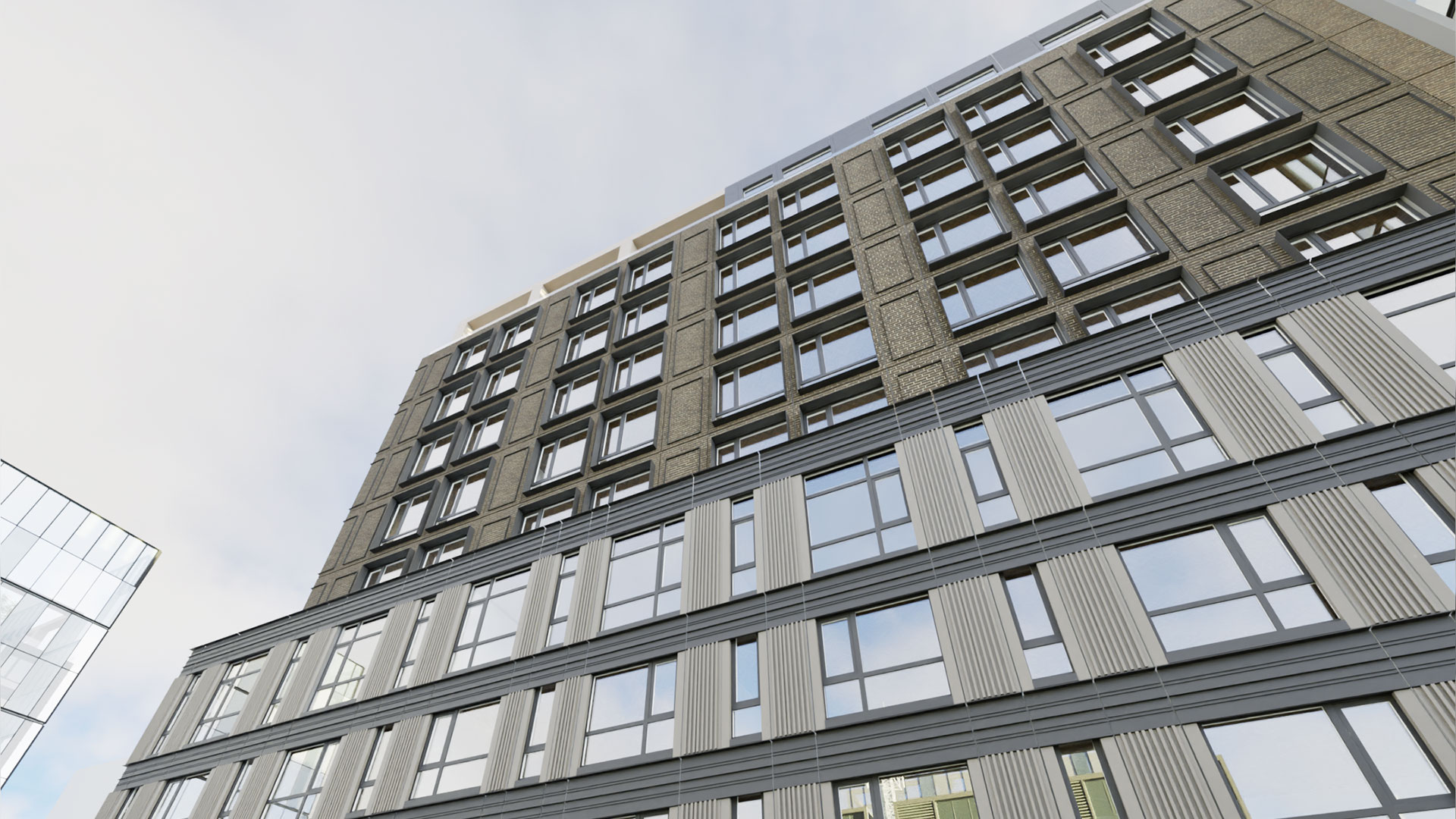
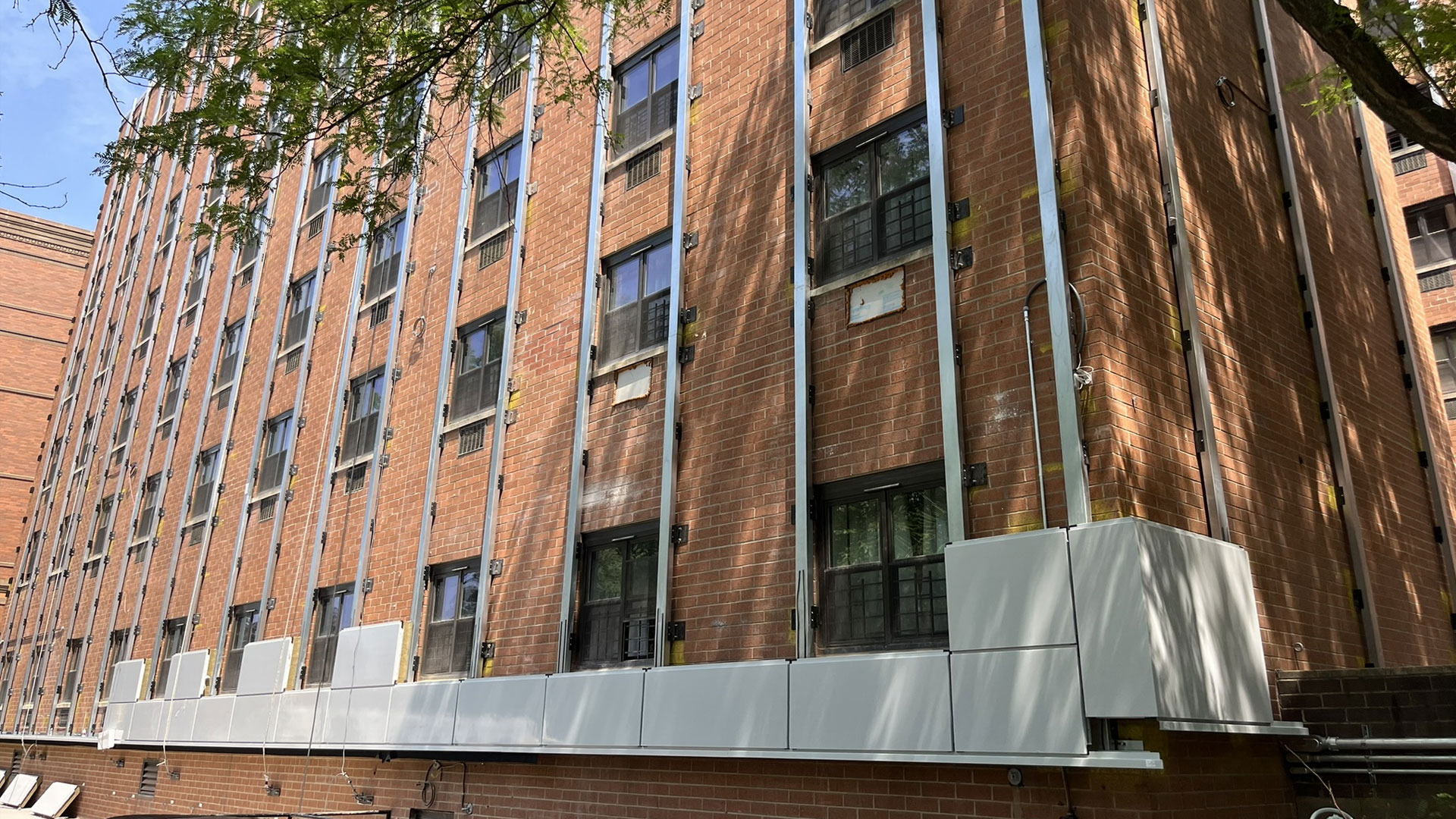

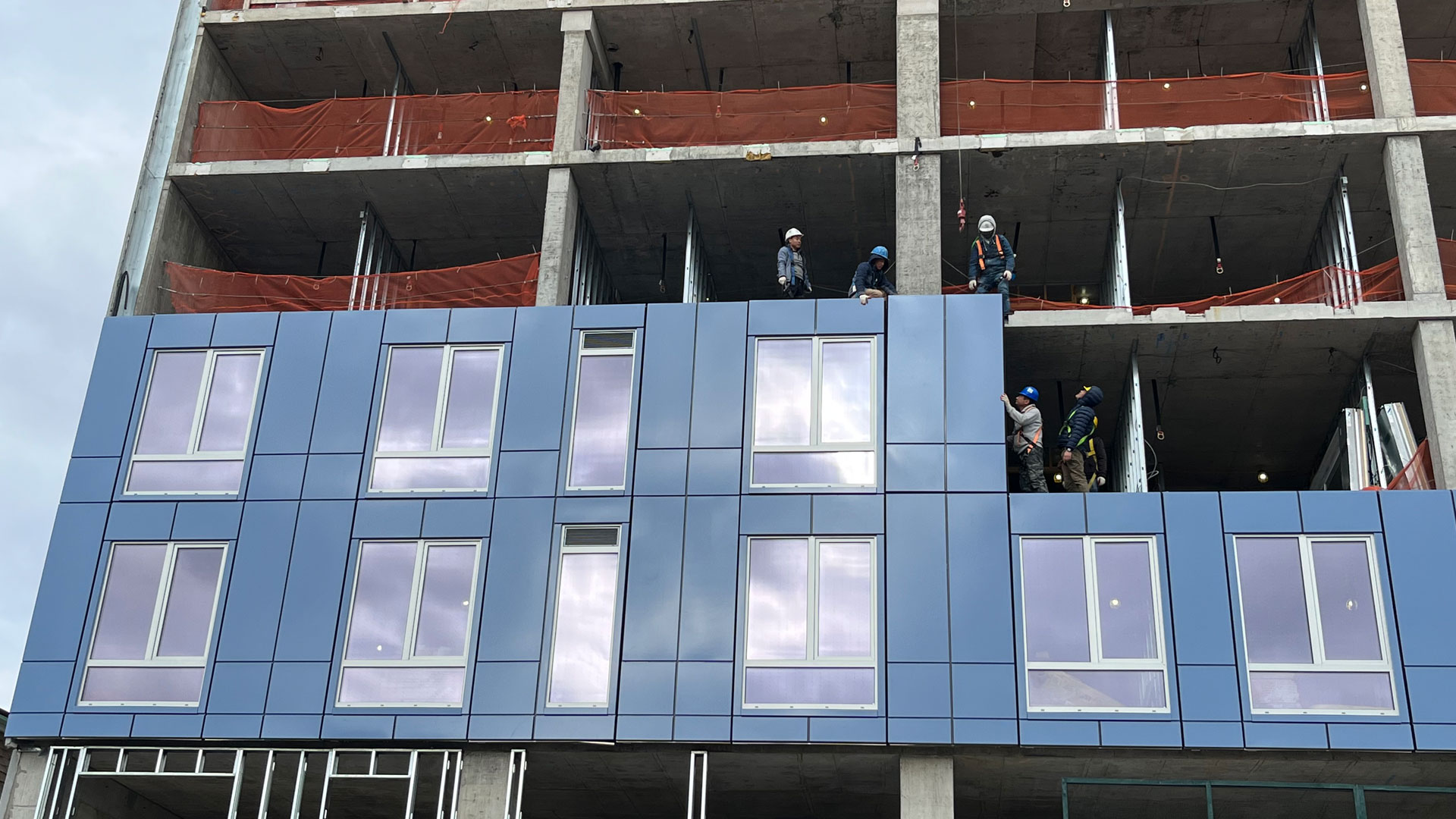

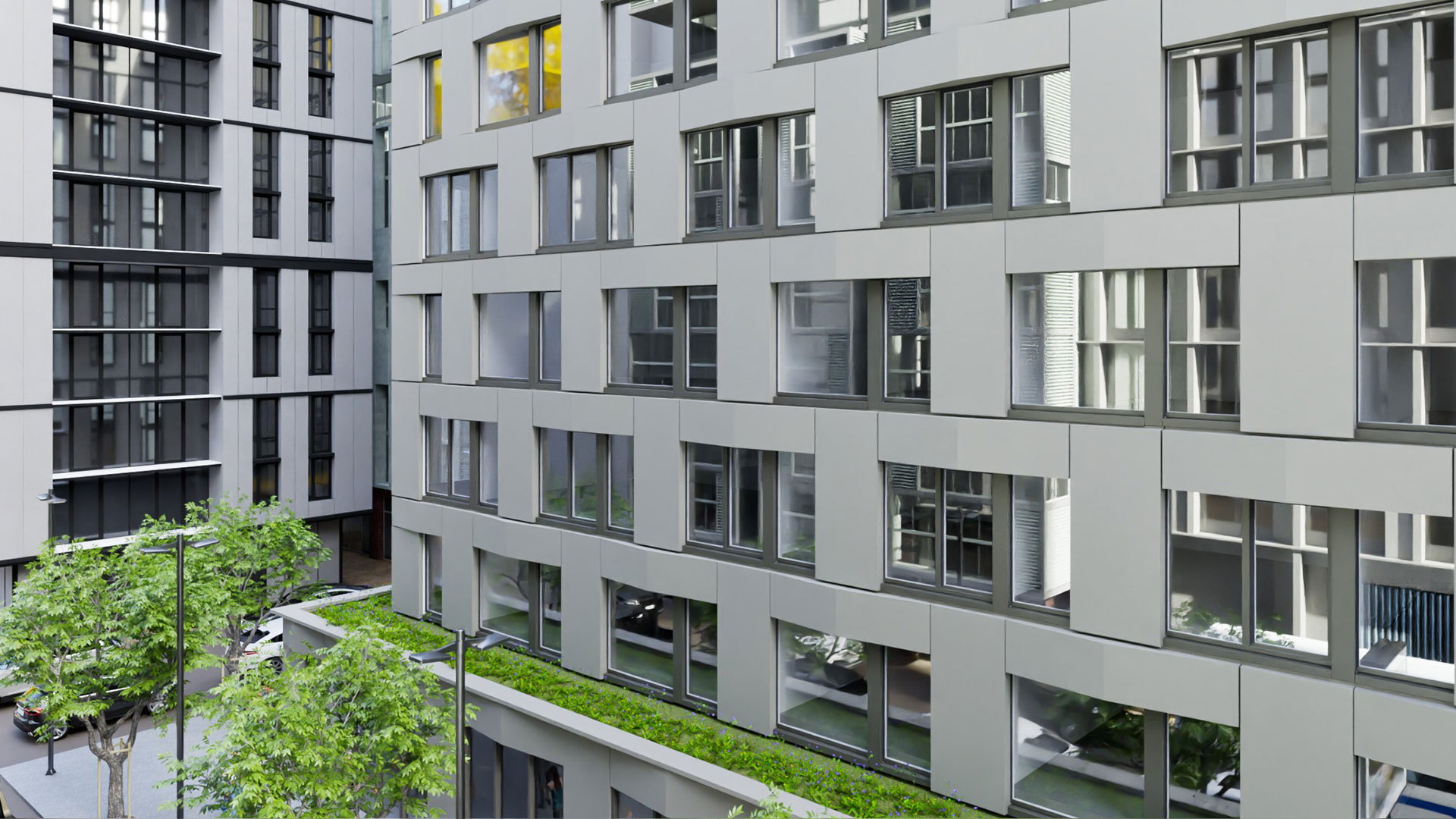

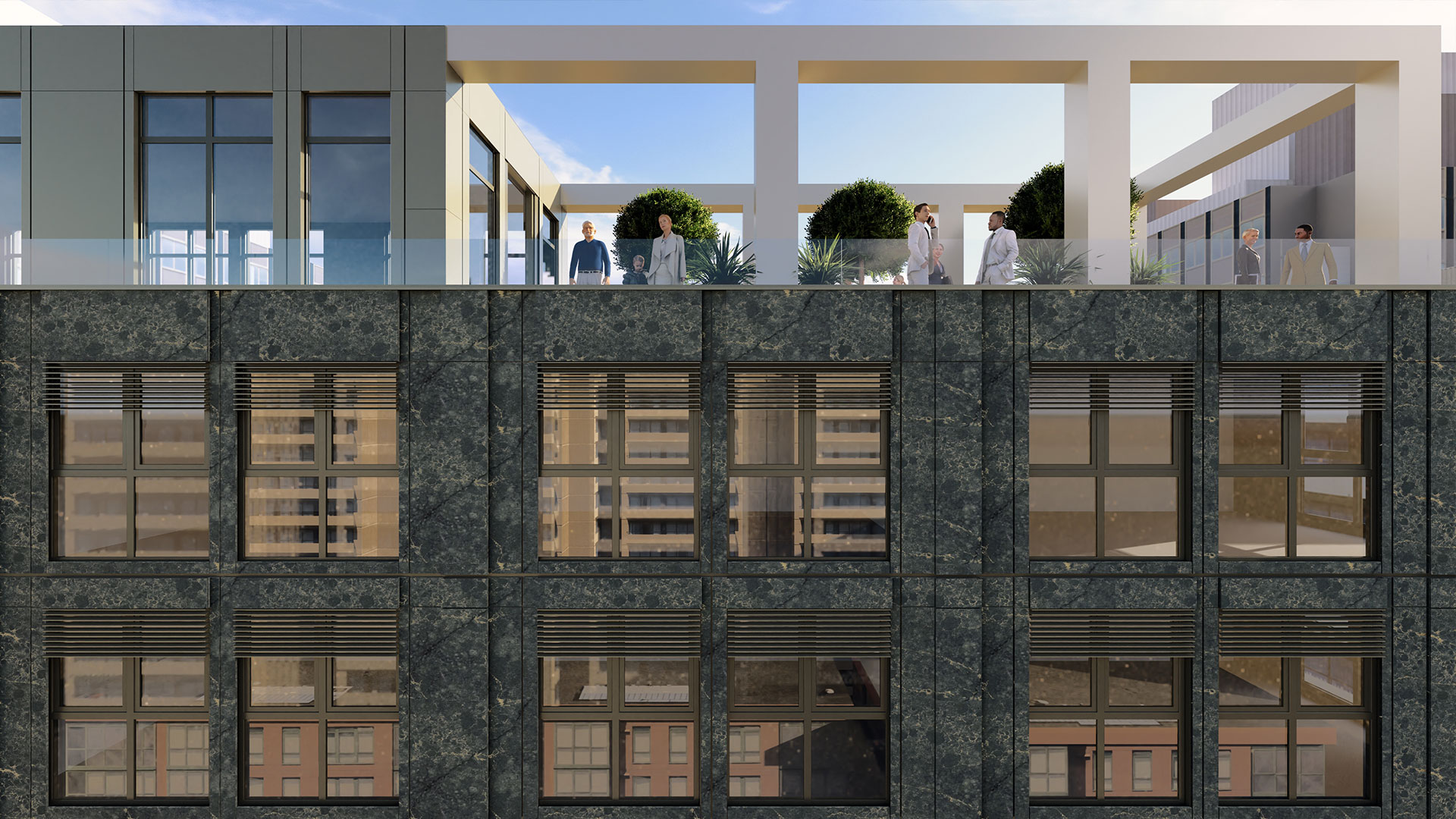
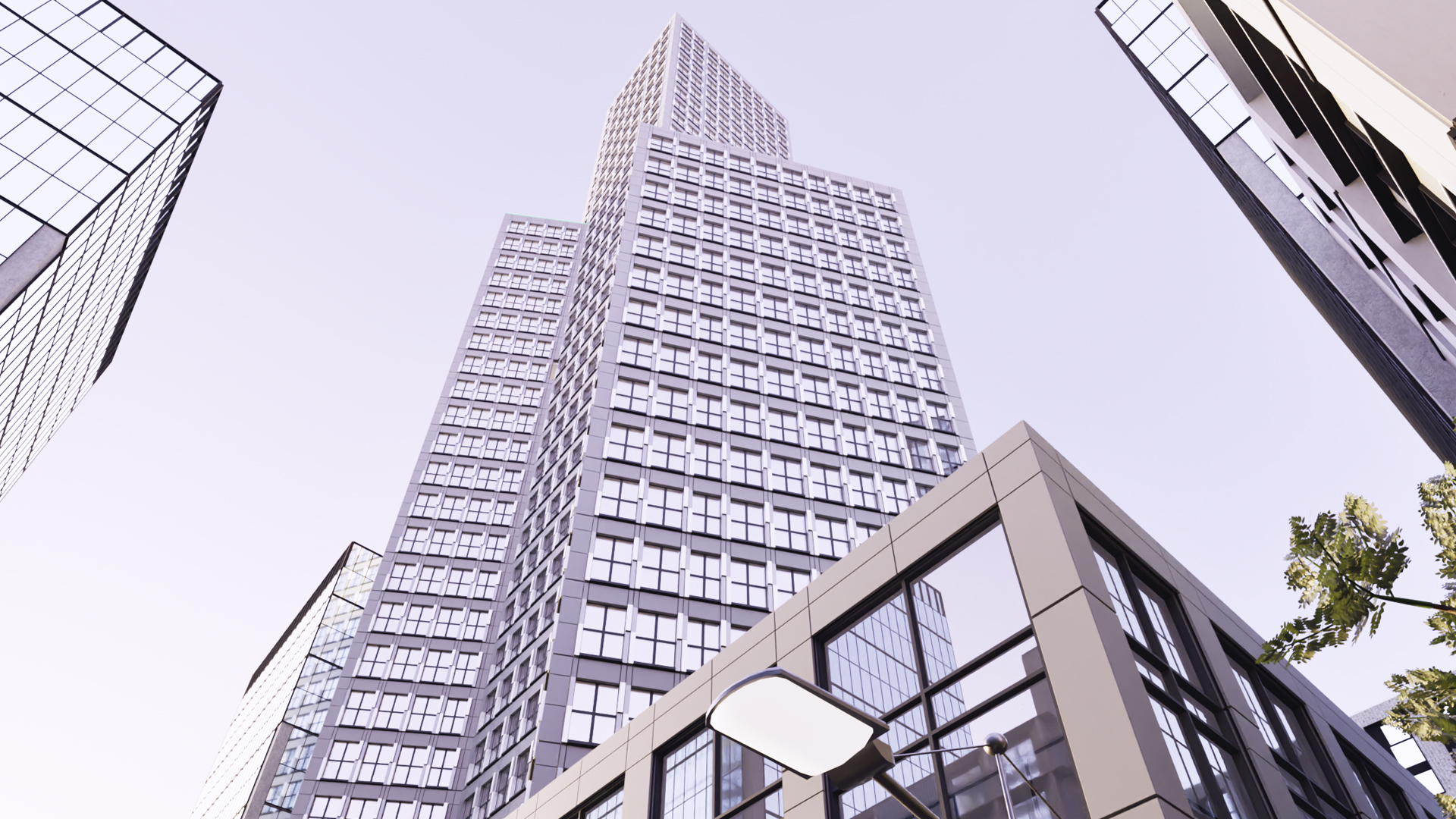
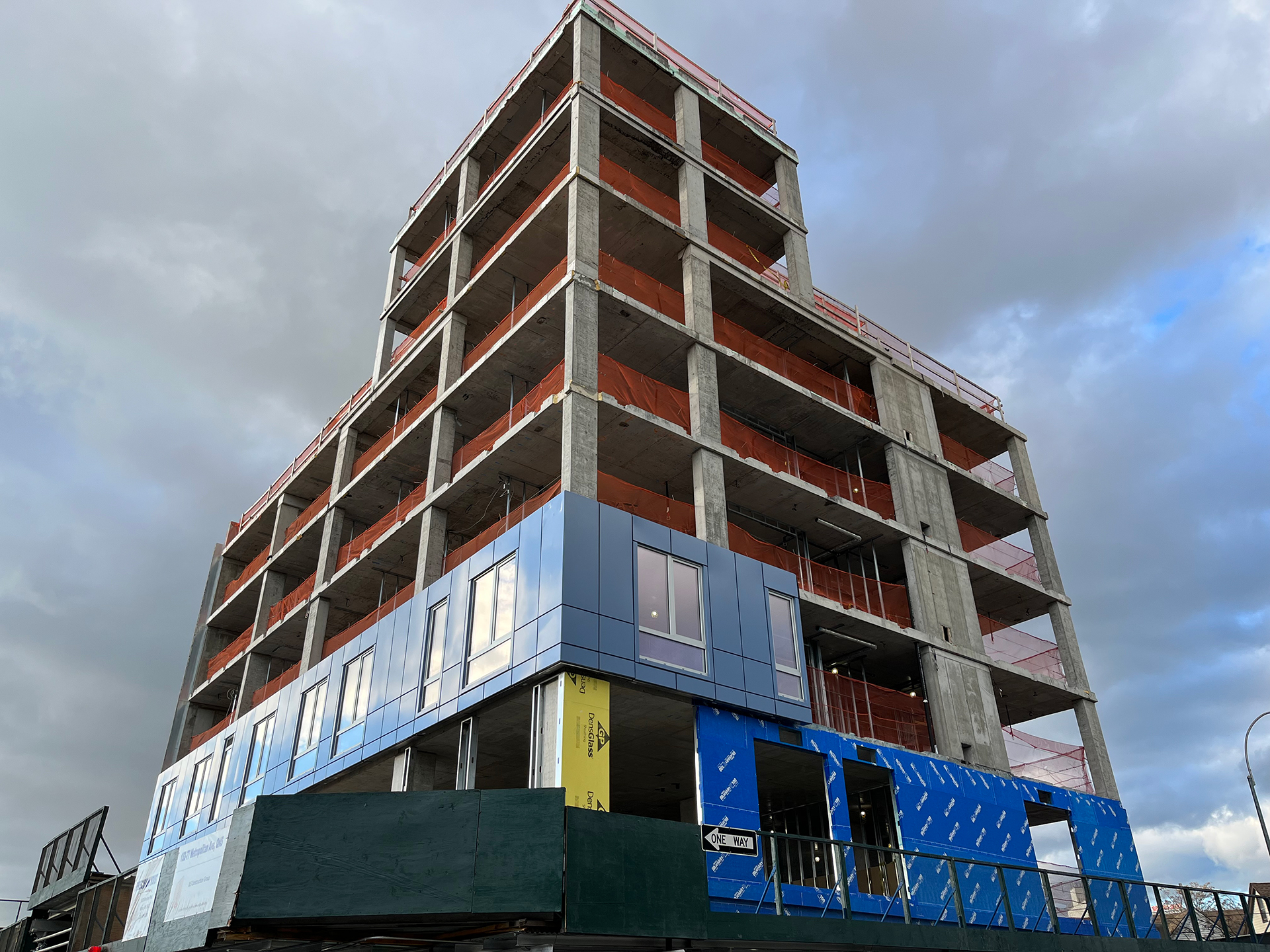
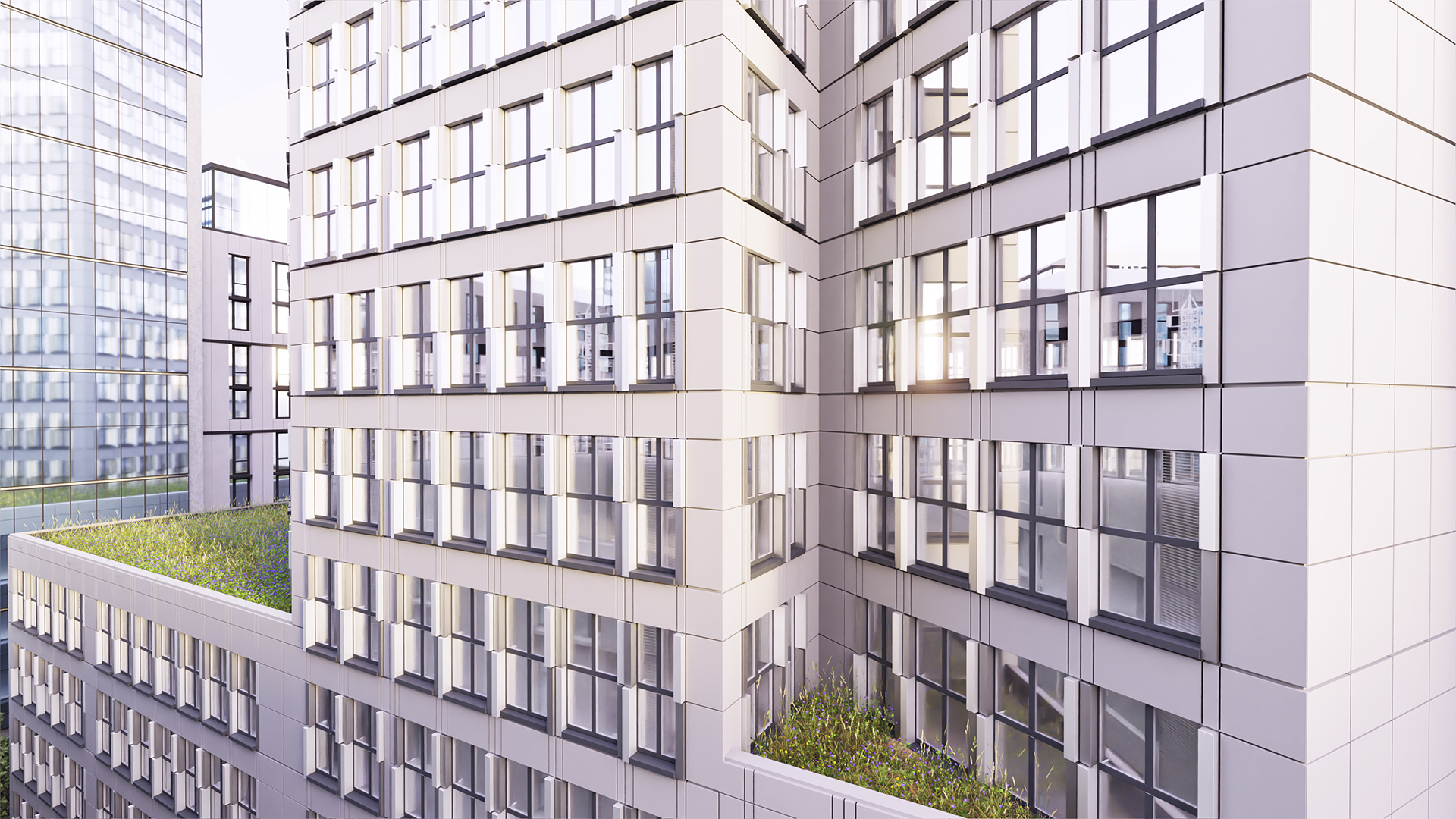





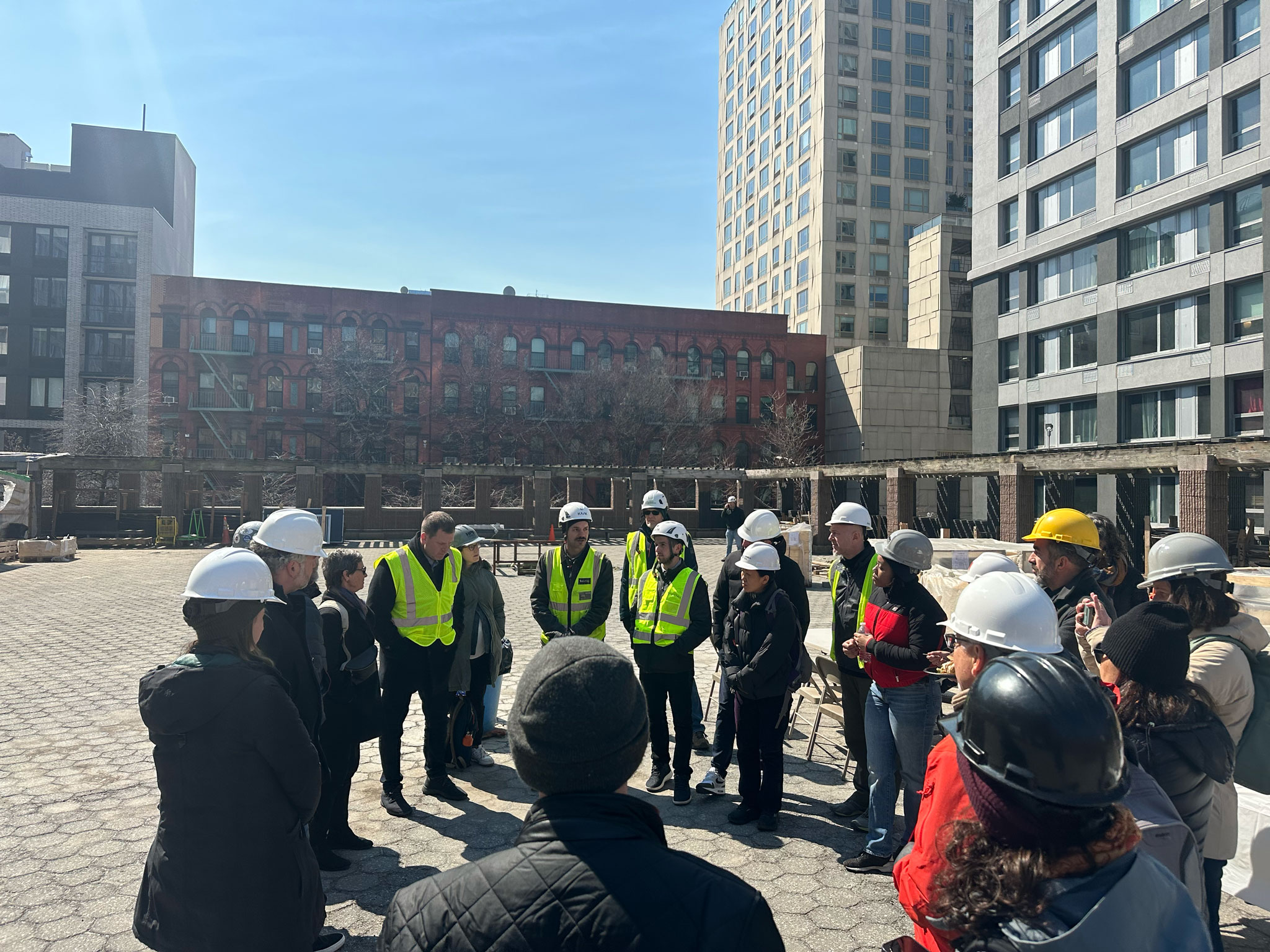



_format(webp).avif)
_format(webp)%20(6).avif)
_format(webp)%20(5).avif)
_format(webp)%20(4).avif)
_format(webp)%20(2).avif)
_format(webp)%20(3).avif)


.avif)
_format(webp)%20(2).avif)